-
Pictures by Katherine Mansfield Short Story Analysis
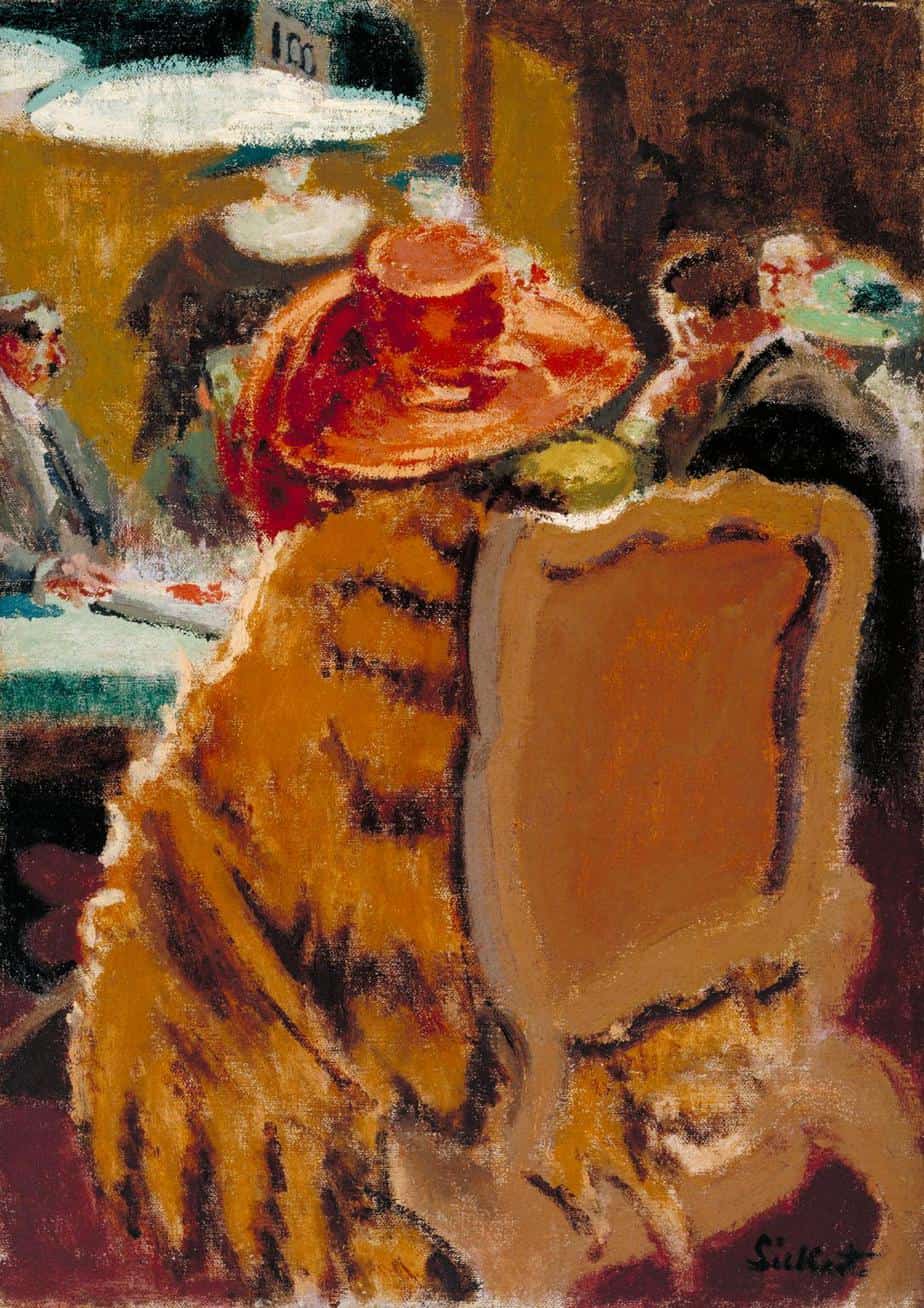
“Pictures” is a short story by Katherine Mansfield, published 1919. The London Evening Standard said of the story ‘it is stark realism from first word to last and yet it gives an impression of infinite understanding and pity’. The character Ada Moss was inspired by a woman Mansfield met three years earlier. They had sat […]
-
The Tale of Mrs Tittlemouse by Beatrix Potter Analysis
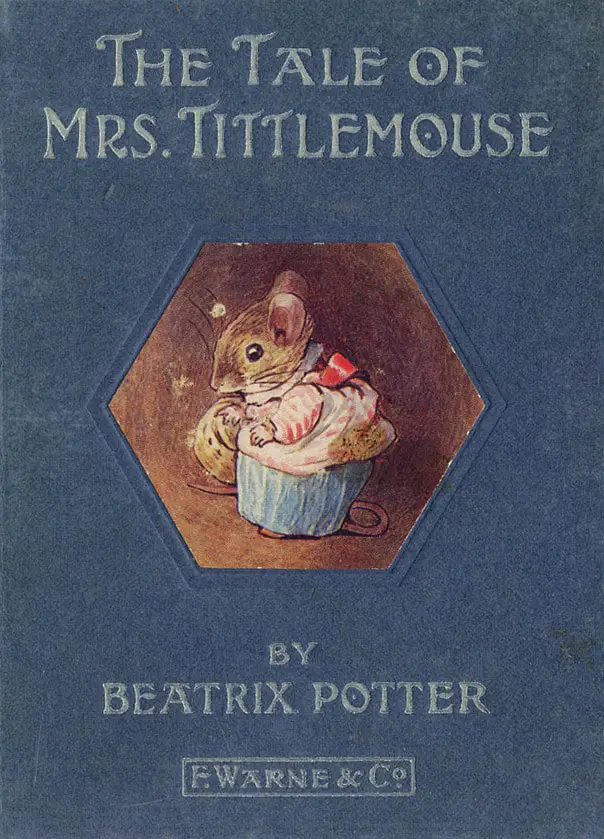
Which mouse are you? Fight, flight, freeze or appease? Beatrix Potter’s Mrs. Tittlemouse (1910) is inclined to appease, as perhaps you must, if you are small and vulnerable. Except every mouse I have ever met is a bolshy, ‘sit on this and swivel’ type. In winter they hang out behind the dishwasher and will hurtle […]
-
The Tale of Samuel Whiskers by Beatrix Potter Analysis
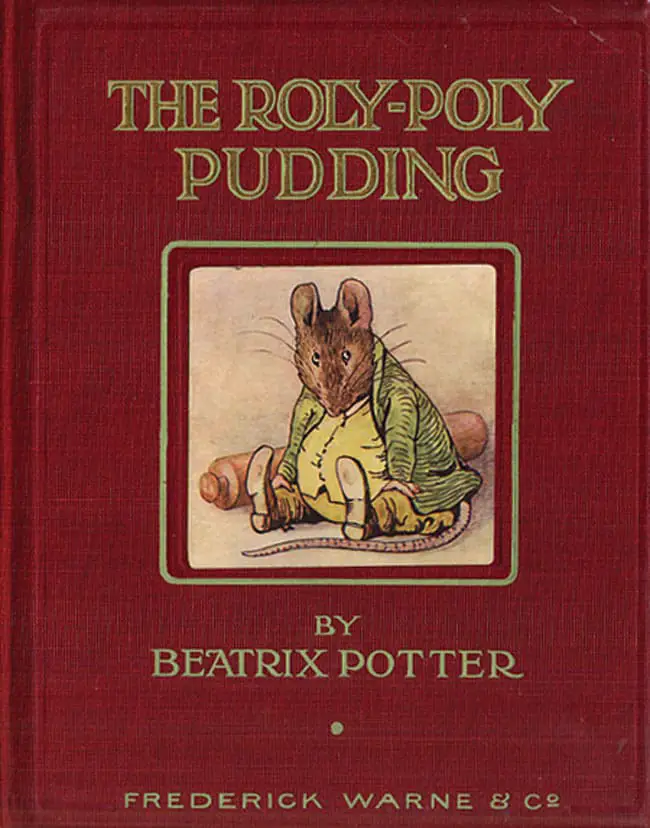
The Tale of Samuel Whiskers by Beatrix Potter was originally called The Roly-Poly Pudding and written as a Christmas present to a child. Potter’s image of the cat rolled up in dough is one of those resonant illustrations which, once seen, can never be unseen. Perhaps this image scarred you, too, as a child.
-
The Tale Of Pigling Bland by Beatrix Potter Analysis
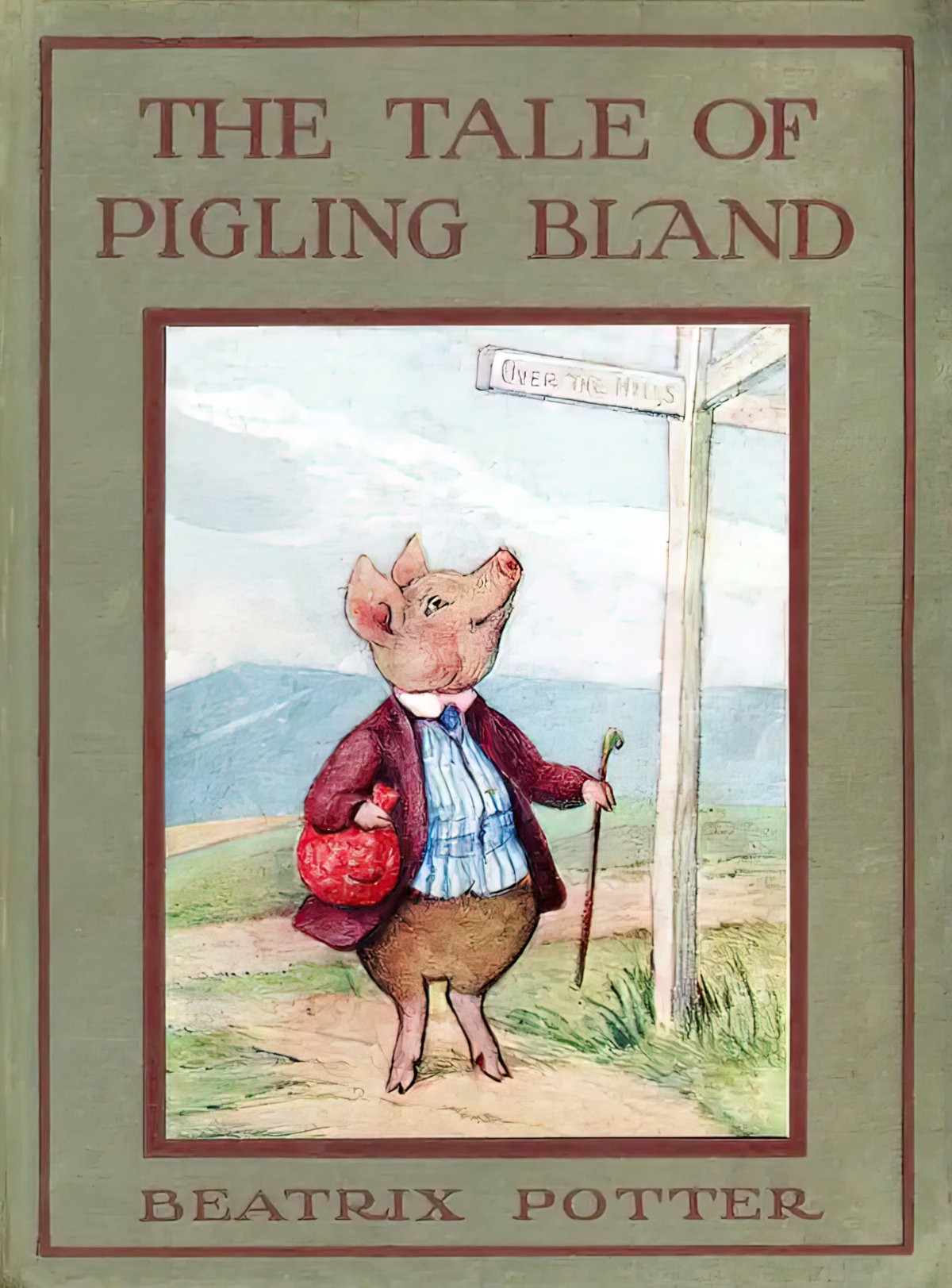
As you read “The Tale of Pigling Bland” (1913) imagine Beatrix Potter sitting in a pig shed with her art gear and muck boots on, because that’s how she spent one summer, diligently rendering pigs (and then decking them out in clothes). Apparently she struggled to knock this one out. She’d had a big year.
-
Man-Size In Marble by Edith Nesbit Analysis
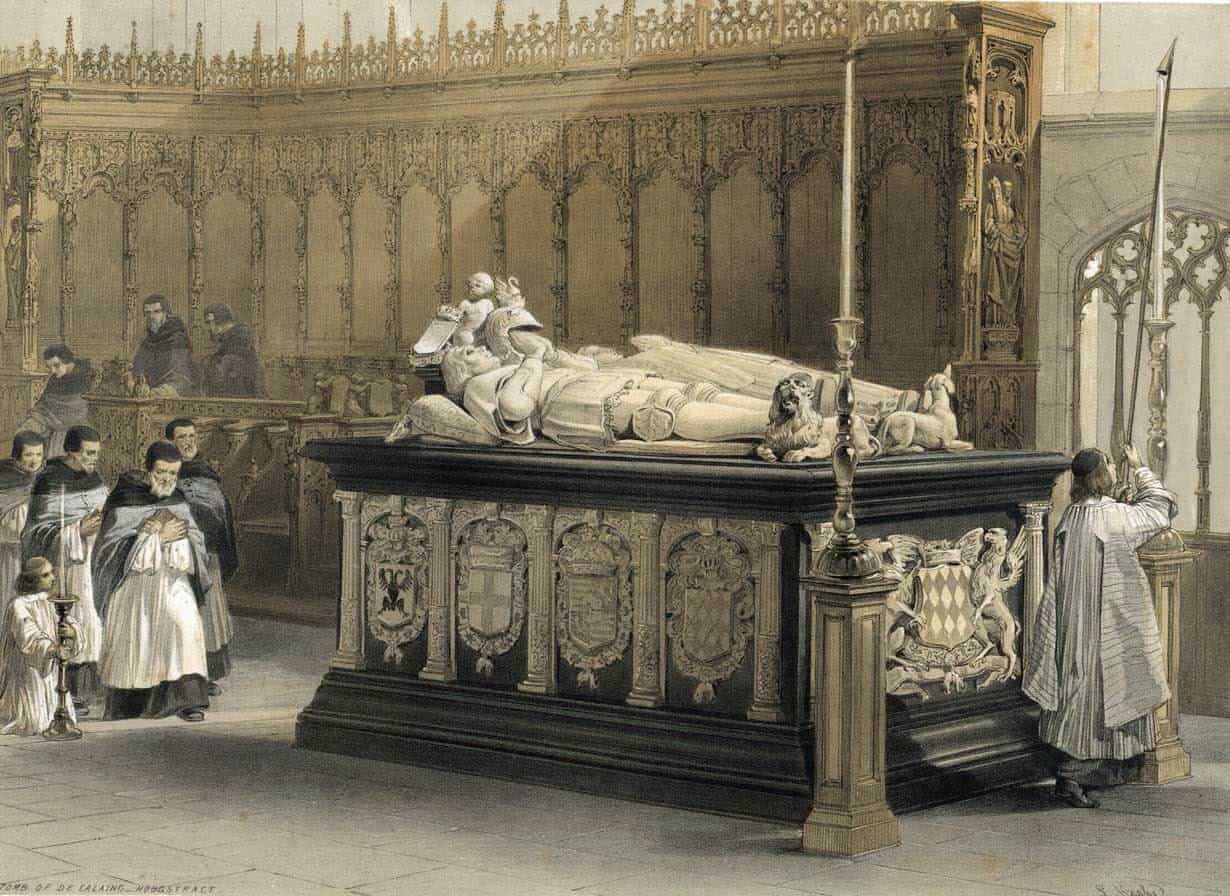
“Man-Size in Marble” (1893) is a gothic short story by Edith Nesbit. You can read it at Project Gutenberg, as part of Nesbit’s Grim Tales collection. This tale is her most widely anthologised short story. What must it be like to be ahead of one’s time? It’s happened to scientists over the years. The guy […]
-
Mrs Tiggy-Winkle by Beatrix Potter Analysis
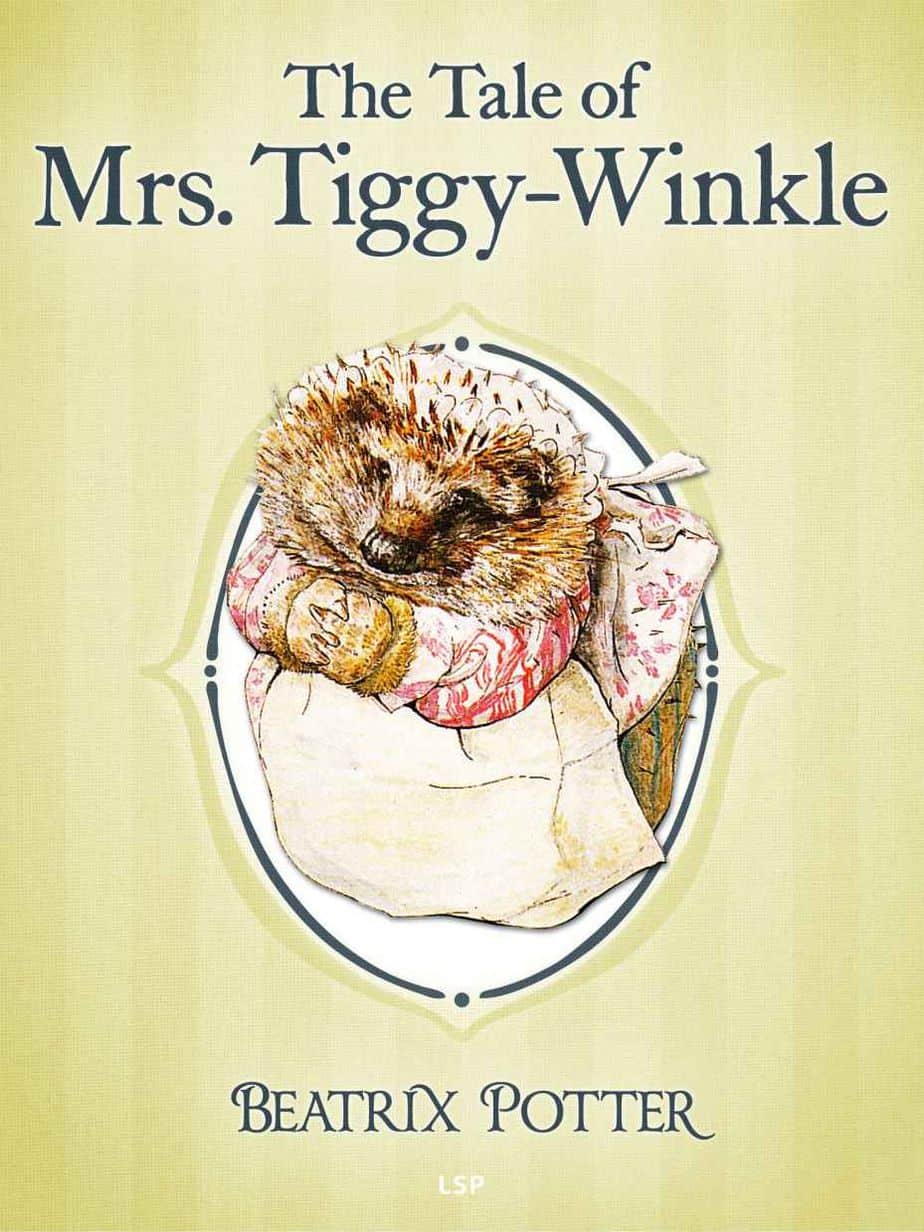
Beatrix Potter wrote Mrs. Tiggy-Winkle specifically to appeal to girls. She thought that Lucie’s feminine garb, with its emphasis on the lost clothing items (o, calamity!), would appeal to girls especially. Even today, authors and publishers are creating children’s books for the gender binary* e.g. this book will appeal to boys because X; this will […]
-
The Tale of Timmy Tiptoes by Beatrix Potter Analysis
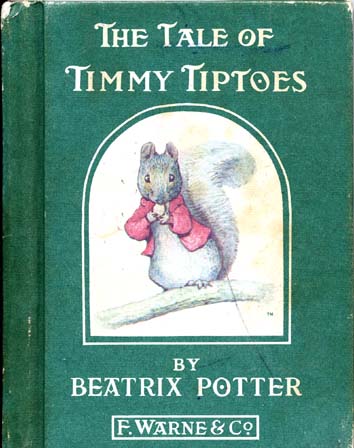
Beatrix Potter was already popular by the time she published The Tale of Timmy Tiptoes (1911). The introduction to our 110th anniversary copy says the tale was created specifically to appeal to a new, American audience, with the inclusion of chipmunks. Unfortunately, Beatrix had never seen a chipmunk in real life. She must have relied […]
-
The Tale of Mr Tod by Beatrix Potter Analysis
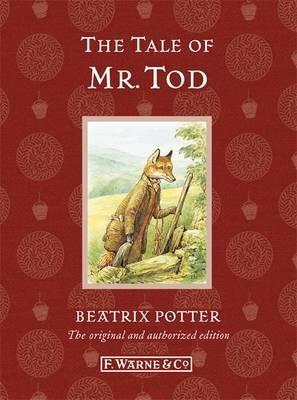
The Tale of Mr. Tod by Beatrix Potter (1912) is a child-in-jeopardy crime thriller. See my post on thrillers and also my post on secrets and scams.
-
The Tale of Ginger and Pickles by Beatrix Potter Analysis
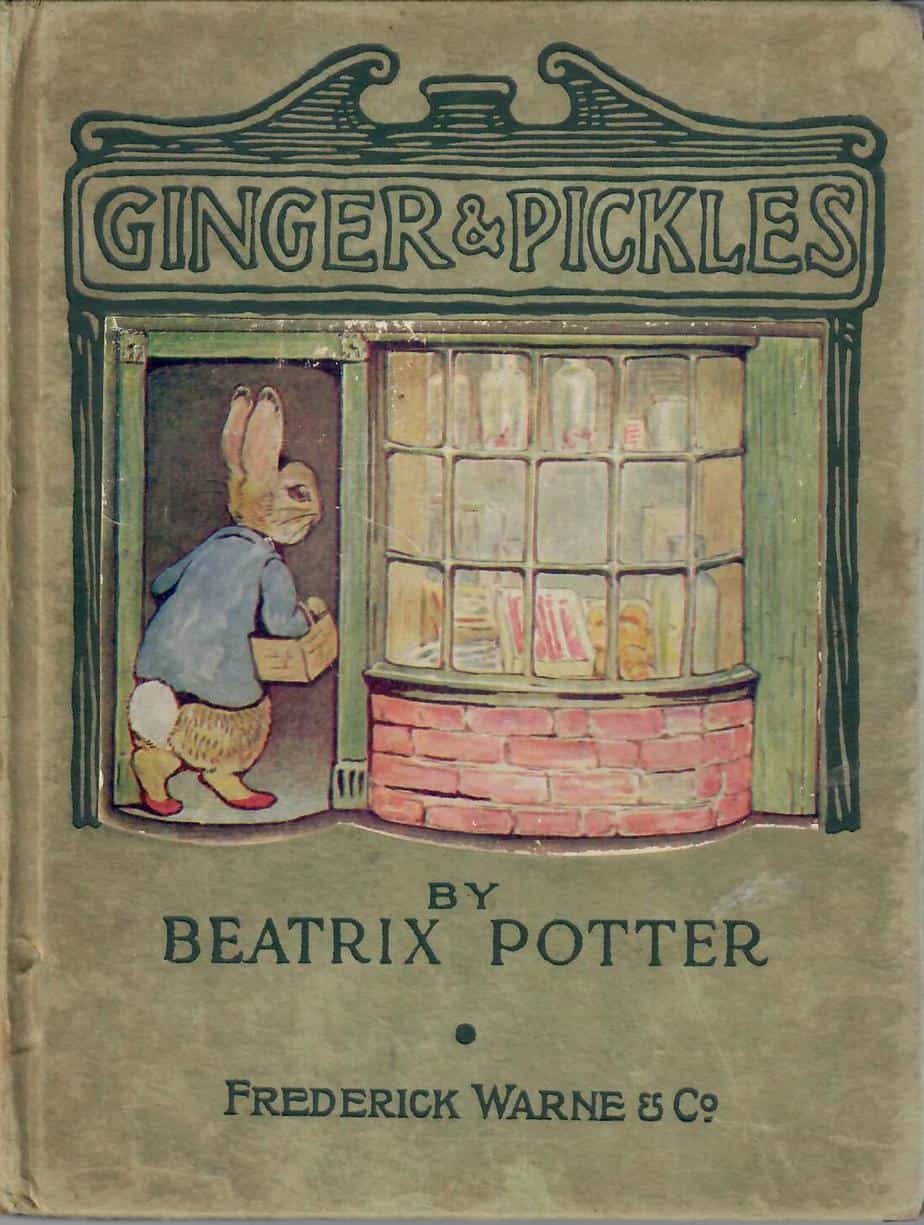
The Tale of Ginger and Pickles by Beatrix Potter is a story of utopian, idealised capitalism, first published 1909. This is how we’d all like capitalism to work — small local businesses provide goods and services; those friends providing the best goods and services win out, those ill-suited to small business find other, more suitable […]
-
The Socially Aspiring Woman Comedy Trope
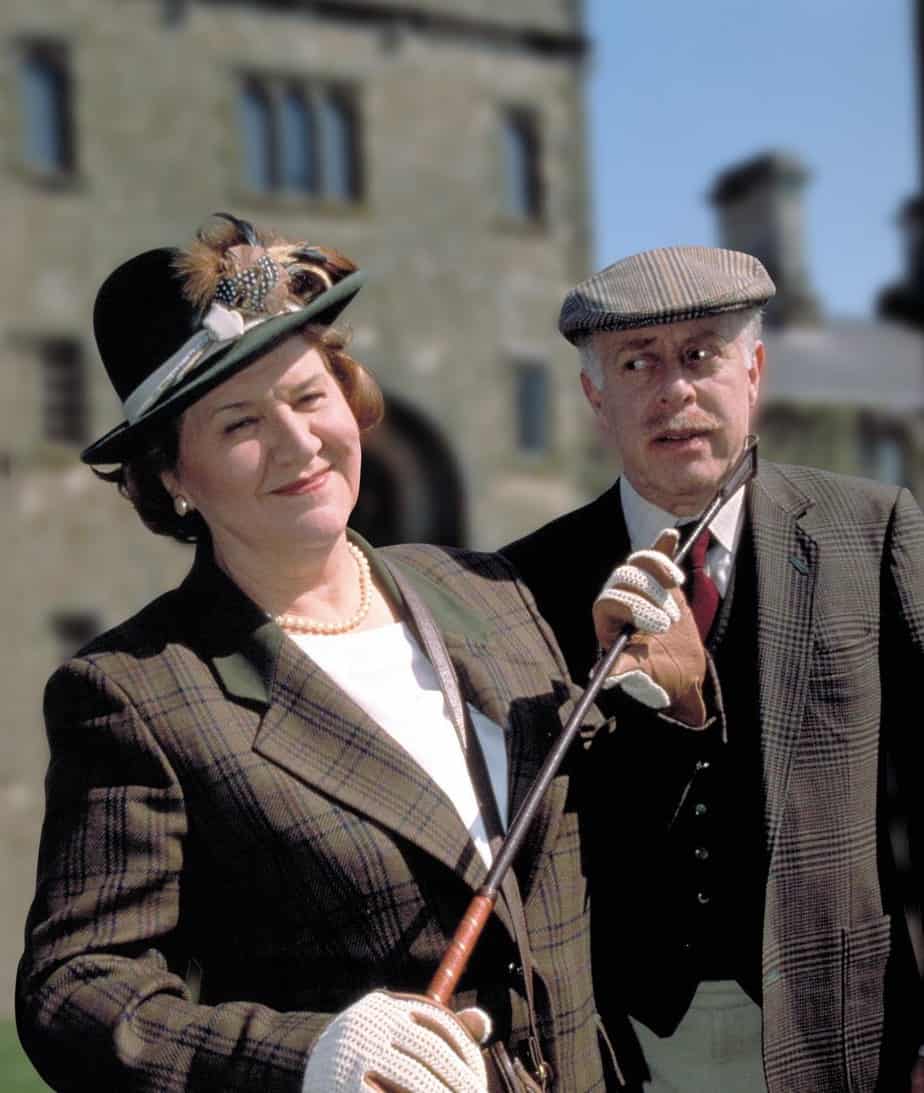
Recently the Woman’s Hour podcast talked about a gendered comedy trope which I’d never really noticed was gendered: the socially aspiring, snobbish female. Hyacinth Bucket is a standout example, along with: Linda Snell from The Archers Audrey fforbes-Hamilton from To The Manor Born Margo from The Good Life (Penelope Keith is especially good at playing […]
-
The Three Strangers by Thomas Hardy Short Story Study
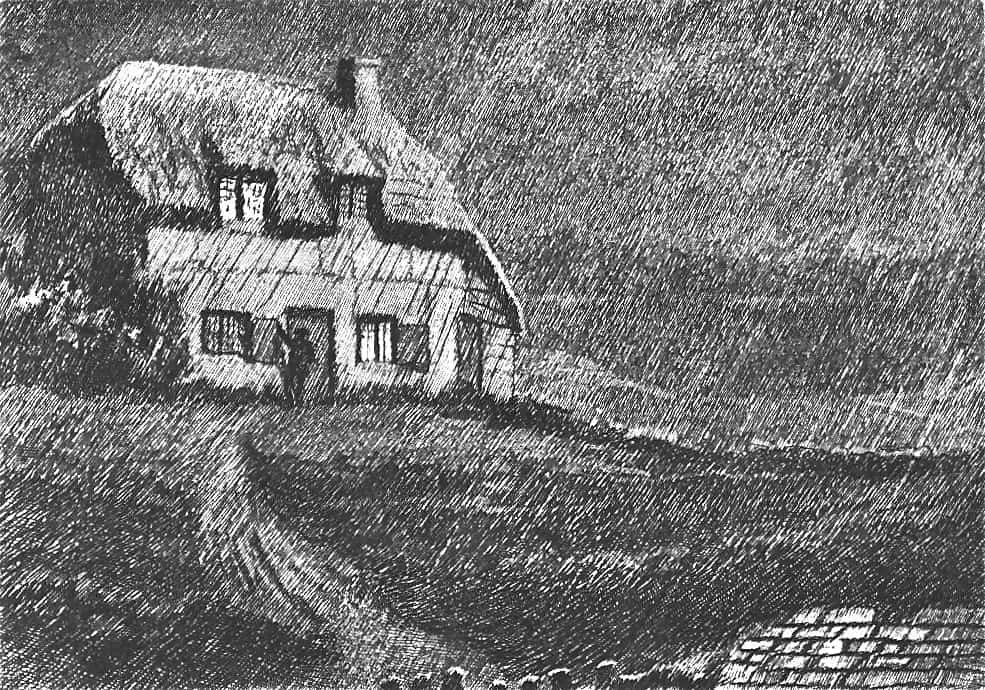
“The Three Strangers” is a short story by Thomas Hardy, published as a serial in 1883. The story is set in 1820s pastoral England and is one of Hardy’s ‘Wessex Tales’. SETTING OF “THE THREE STRANGERS” Reading this story now, nigh on 200 years after it’s set, the setting of “The Three Strangers” feels almost […]
-
Rain by W. Somerset Maugham Analysis

“Rain” by W. Somerset Maugham is a fish-out-of-water story, in which characters wholly unsuited to their environment become marooned somewhere due to external circumstances.
-
The Murders In The Rue Morgue by Edgar Allan Poe Analysis
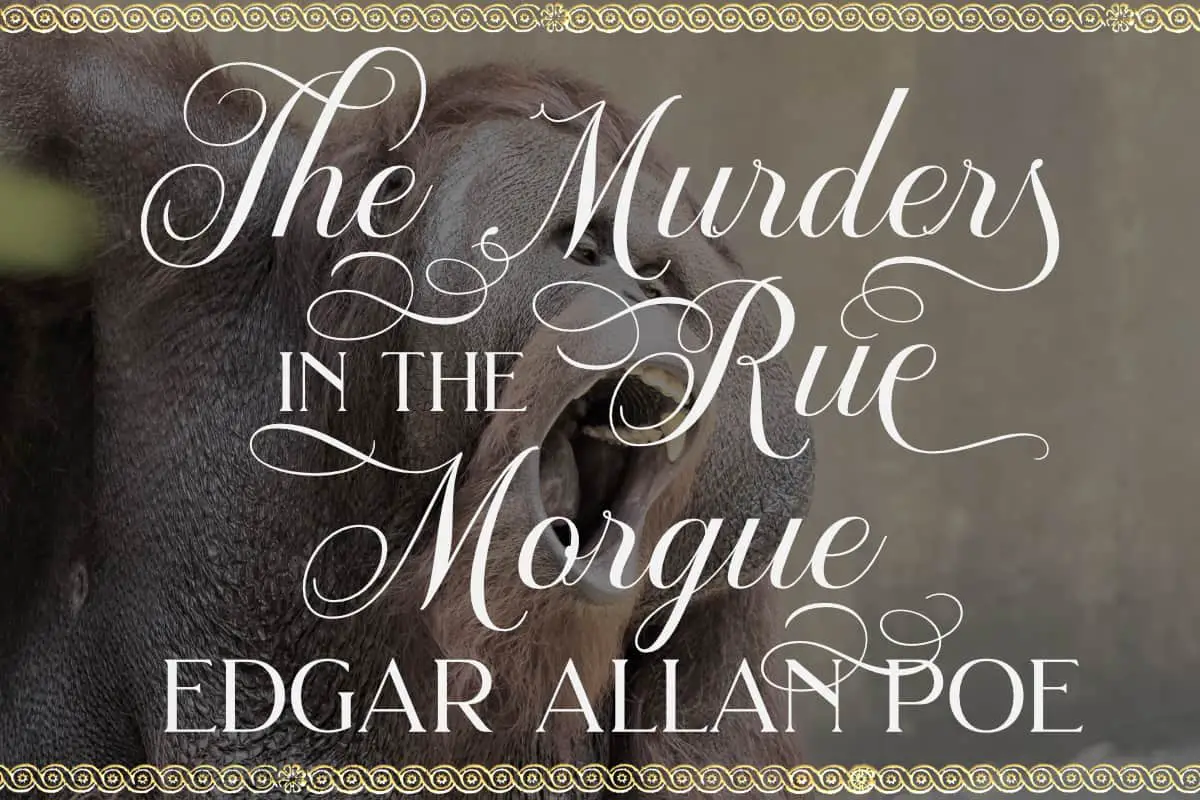
“The Murders In The Rue Morgue” by Edgar Allan Poe (1841) is thought to be the first modern detective story. (Well, Oedipus is sometimes considered the first one on record.) For me there is little interesting about this story, except for its influence on the crime genre. That in itself makes it worth reading. As […]
-
The Tiredness of Rosabel by Katherine Mansfield Short Story Analysis
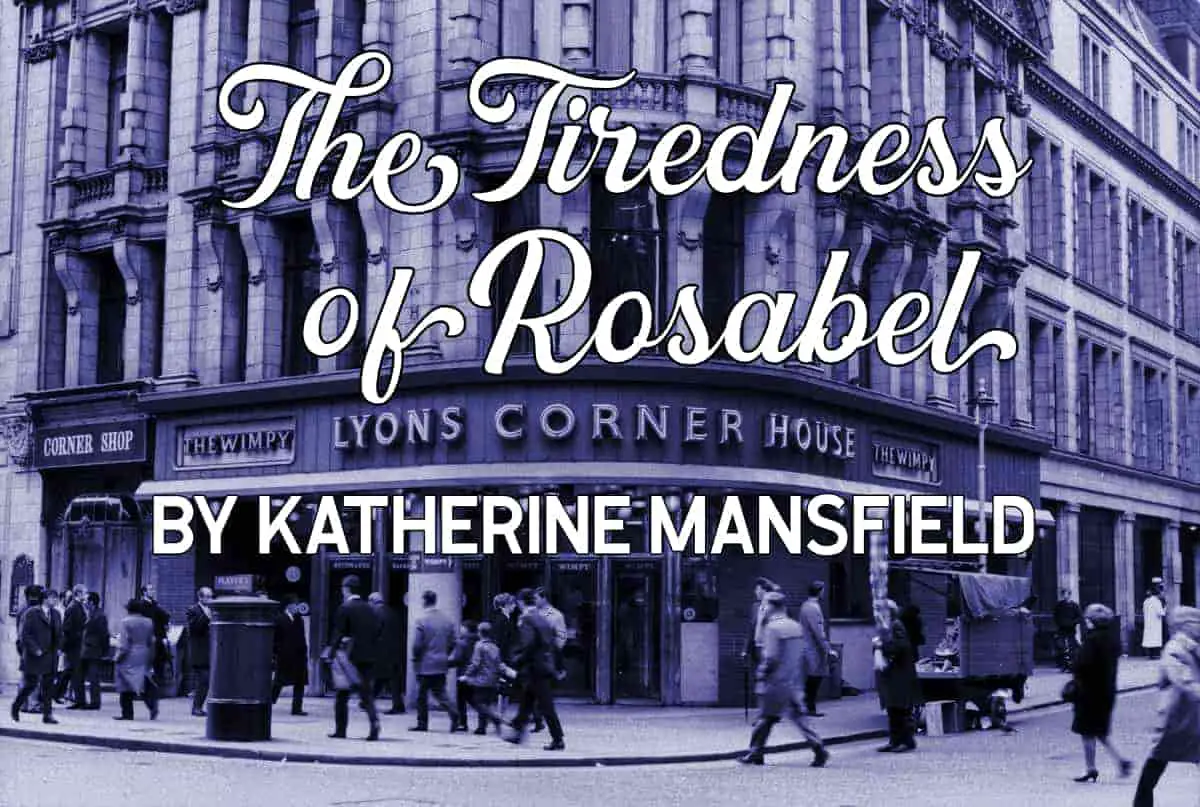
Outside school magazines, “The Tiredness of Rosabel” was Katherine Mansfield’s first published story (1908, when Mansfield was 20 years old). Already we can see features the author became known for: WHAT HAPPENS IN “THE TIREDNESS OF ROSABEL” Rosabel takes a bus home after a tiring day working in a millinery shop. She thinks of a […]
